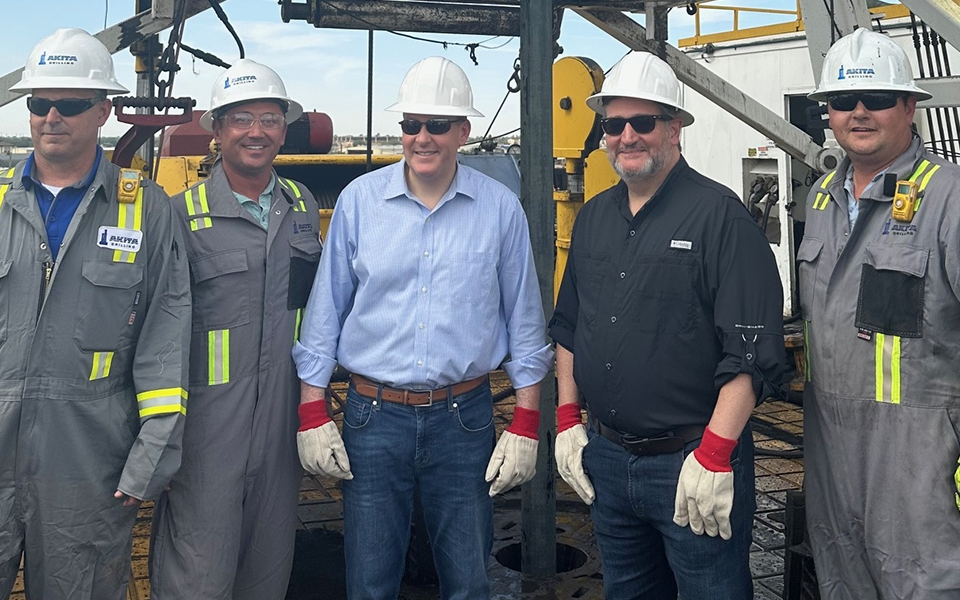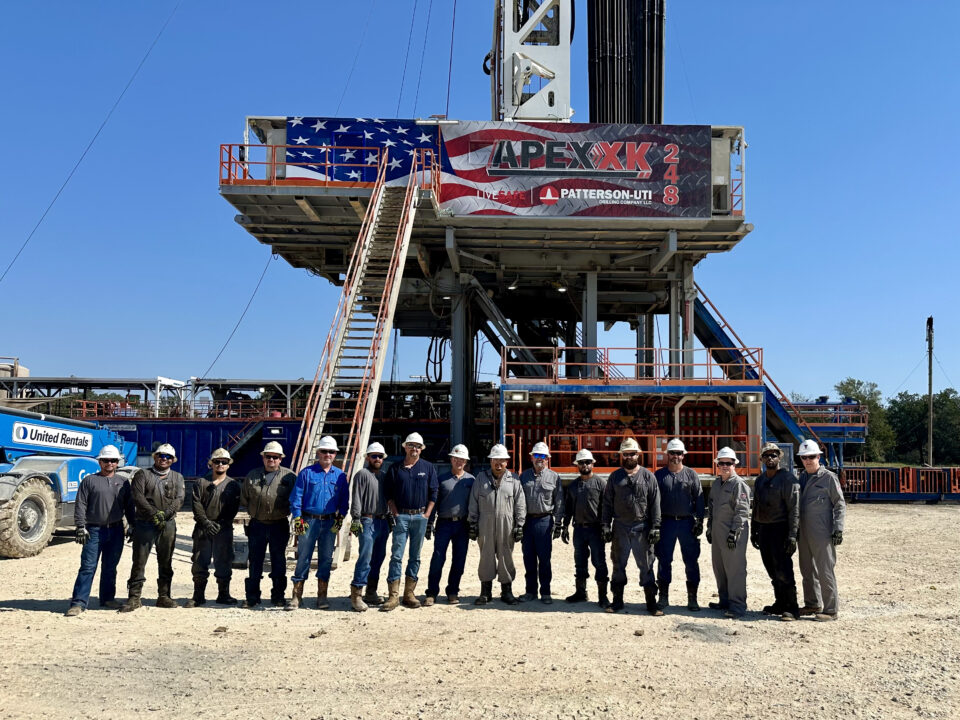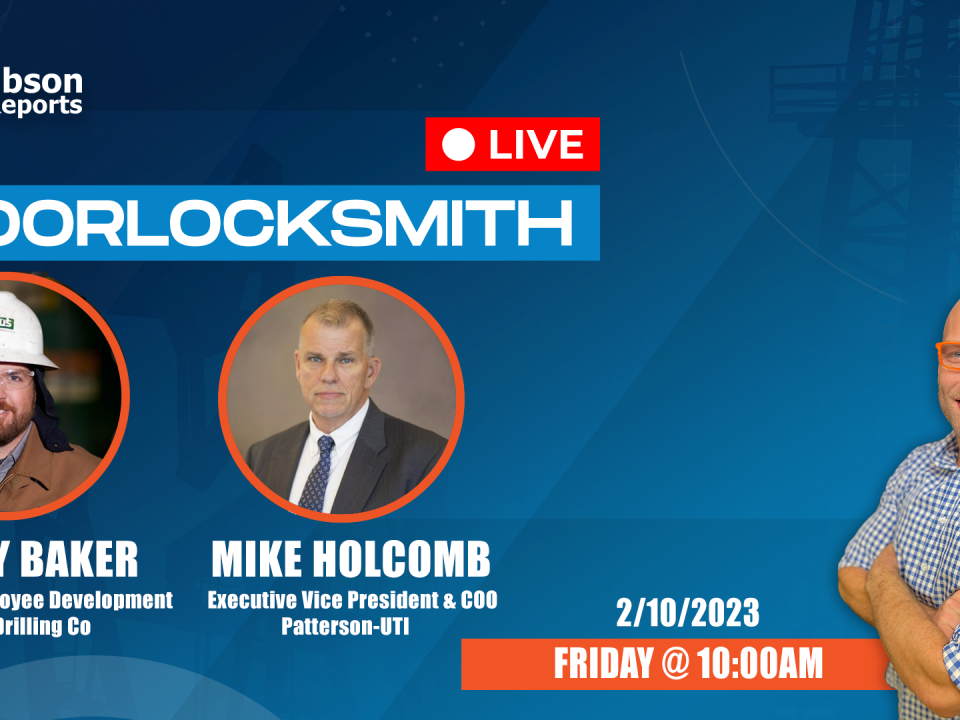Raising and Lowering the Mast
Raising and Lowering the Mast
- Always completely warm up engines and check to be sure there is sufficient fuel.
- Check brakes, pins and shoes (If necessary burn brakes in case there is oil on them).
- See that no material is under the mast leg at the foot, which may prevent it from turning inside the shoes. If the leg cannot turn freely in the shoe, the mast will twist beyond its allowable stress and strain and collapse.
- Check clutches for sticking (use positive clutch in low gear with all engines).
- Have an experienced man on manually-operated throttle in case air throttle sticks.
- Keep crown end of mast up, level with the sub-structure, to decrease strain on mast on the initial lift.
- Visually check all toggles, cables, and thoroughly grease all sheaves in order that they may have free movement for all cables.
- Be sure the drawworks skid is properly secured (i.e., tied down to the substructure, mud pump, tractor or truck that may be standing by, in order to prevent any overbalancing). Follow the mast manufacturer’s recommendation for ensuring that the substructure/drawworks have adequate counter balance to the mast as it is raised.
- Check to see that the deadline is tied down and secured with adequate clamps as recommended by the anchor manufacturer.
- There must be a complete visual check of the mast before it goes up to be sure there are no loose bolts, tools, bars or drift pins that are left without a safety bolt in them to prevent them from working loose. The derrick should also be checked for gravel or rocks that may have gotten onto the cross beams while they were on the ground.
- Keep tong counterbalances tied in the down position so that they do not drop and become damaged when the mast is near vertical.
- Be sure that the derrick board is properly secured and there is no material on it that may fall when the board sets in place.
- Be sure the derrick escape device is in place and the line is properly secured to the mast before raising the mast.
- All rig floor winch lines, tong hanger lines, etc., should be secure to prevent them from getting tangled with the blocks as the mast is raised.
- Other than the personnel at the brake, all other crewmembers should be at a safe distance from the rig floor and the mast. No one should be allowed under the mast or substructure as the mast is raised.
- Always have two men at the brake so that the man at the brake can be assisted by the other if he needs help.
- Never at any time should there be anyone on the “A” legs or mast while the mast is being hoisted. Always wait until the mast has come to complete rest before going up the “A” legs to put the pins in place.
- Be sure to use a snubline on the mast when setting the mast into the final position. Allowing the mast to fall into position sometimes causes a great deal of vibration in the mast and puts a great strain on the pins at the base of the derrick.
- Be sure that the traveling blocks are used when moving the mast as they will prevent any movement of the “A” legs that could possibly break the U bolts that are on the front leg of the “A” legs. If these U bolts are broken and the “A” legs are raised, there is nothing to stop them from folding backwards when they are raised before the “A” leg pin is put into position.
- In lowering the mast, the same procedures are to be used wherever applicable and the same safety precautions taken with regard to men and equipment.




